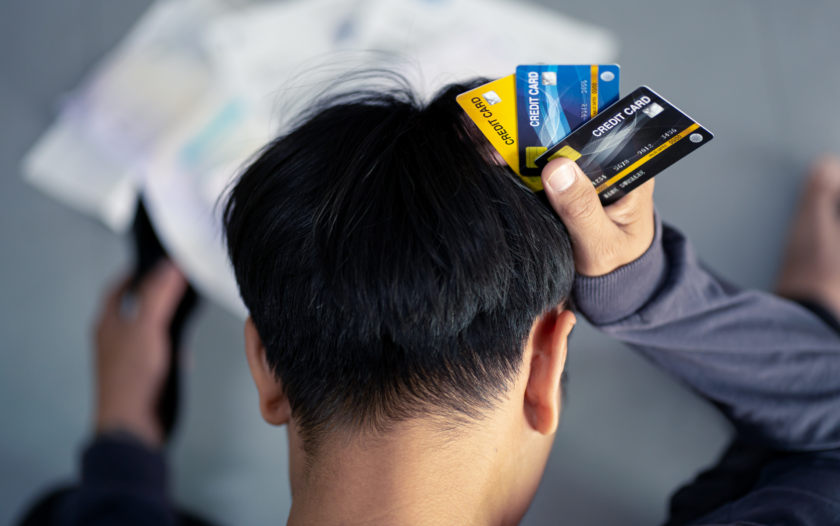Negative Balance On A Credit Card: What To Do?
About Megan
Megan Brame is a five-time award-winning content strategist whose content centers around helping others develop a better understanding of finance and marketing. Her website is https://bramecreative.com
Read full bio
At a Glance
Seeing a negative sign in any of your accounts might be worrisome, but it’s not as big of a deal as you might think with credit cards. Here’s what you need to know about negative balances on credit cards (and what to do, or not do, about it).
In this article, you’ll learn:
What is a negative credit card balance?
A negative credit card balance means you’ve overpaid the amount due on your bill. Unlike checking or savings accounts, where overdrafts can cause your account to go negative, credit cards get a negative balance when there’s too much money paid back vs. what’s due. This typically happens when refunds or payments have resulted in a $0 balance first and subsequent refunds or payments post after.
How can you get a negative balance on your credit card?
If you have a negative balance, don’t panic! There are several reasons you could be seeing that minus sign, such as: paying over the amount you spent on your credit card, having a $0 balance and then getting a refund, or getting cashback on your statement after having a $0 balance.
How a negative balance affects your credit score and credit limit
Your negative balance shouldn’t affect your credit score at all, as credit card companies will only submit information to the reporting bureaus about your account that either shows $0 or an outstanding balance carried over since your last statement.
Your credit limit may temporarily show an increase that includes the negative balance (for example, if you have a negative balance of $18 and your credit limit is typically $1,000, you might see a limit of $1018). However, once you make enough purchases to eat up the negative balance, your credit limit will go back to its typical amount.
How to get your money back from a negative balance
Thanks to the Truth in Lending Act, you can get a refund for any negative balance over $1. To receive a refund, you’ll need to submit a written request to your card issuer asking for a refund of the amount overpaid. The card issuer can then either refund you via check, cash, or money order within seven business days.
Before submitting the request, make sure your address and phone number are current on the account, as these will be the only ways your credit card company can confirm your request.
FAQs
Your statement balance is the final amount due as of your closing date. To prevent any interest accruing, you should pay off the full amount of your statement balance on or before your due date. Your current balance is the amount you’ve charged that includes any outstanding statement balance plus the purchases you’ve made after your closing date.
Yes. There are typically three ways a credit card balance can be negative:
You’ve paid more than the balance – If this happens, check your accounts to make sure everything has been posted that you expected and that you didn’t accidentally make a double payment.
You’ve received a refund on something – If you’ve returned a purchase that’s amount was greater than your current balance, you could see a negative amount on your account.
You’ve received a statement credit – Promotional cashback offers usually are refunded in the form of a statement credit, which may have caused your account to go negative.
Your credit limit will be temporarily higher, yes. But keep in mind your limit will go back to its original number once you’ve used up the negative amount.
Having a negative balance isn’t a big issue on a credit card the way it would be in your checking or savings account. If you have a negative balance on a credit card then any future charges you make will go toward using up the overage until your balance is back to $0. After that, your purchases will work the way they always do and can accrue interest charges if not paid off before your next payment deadline.









